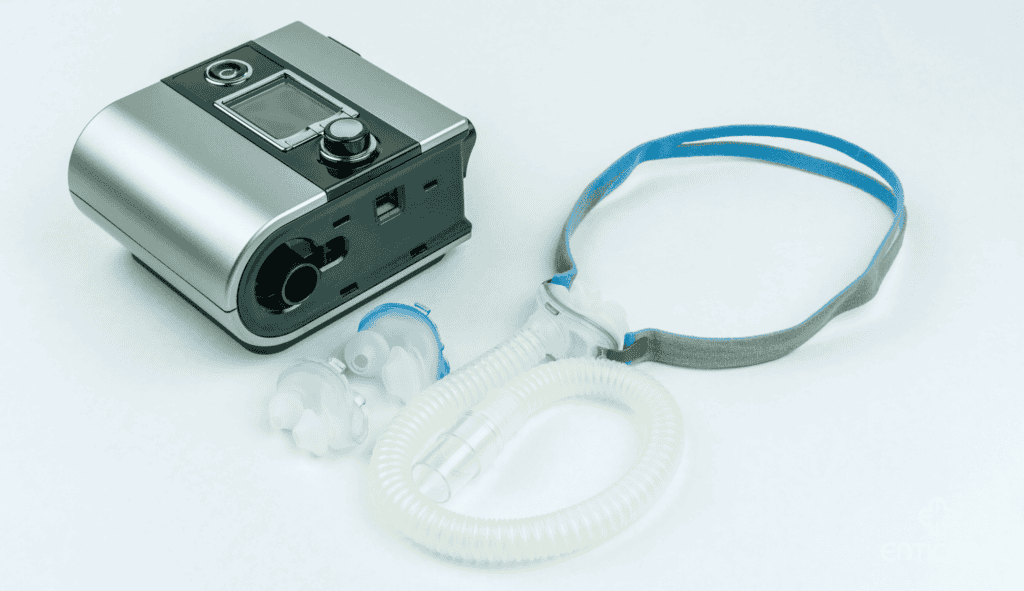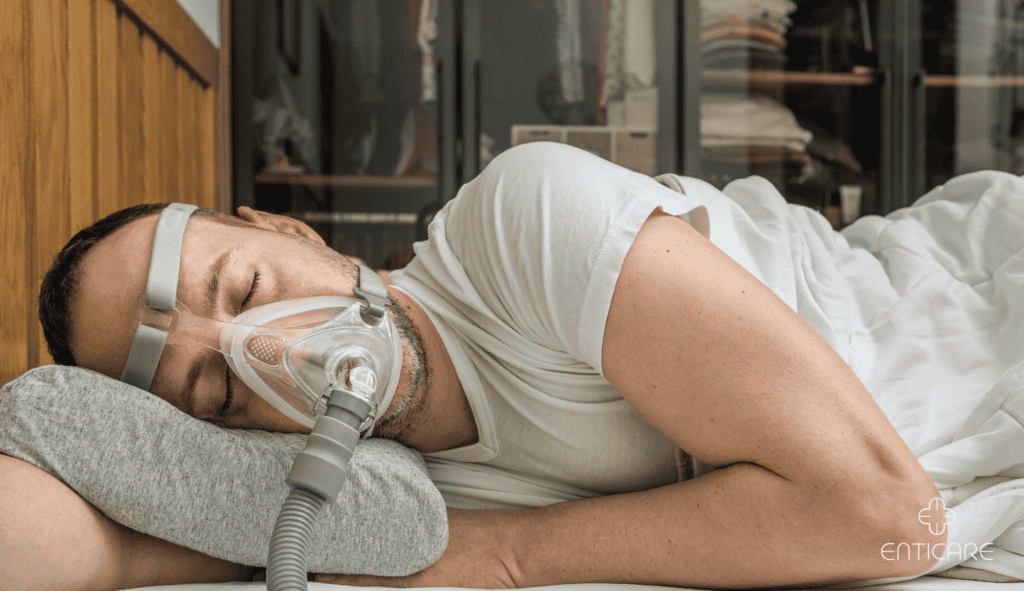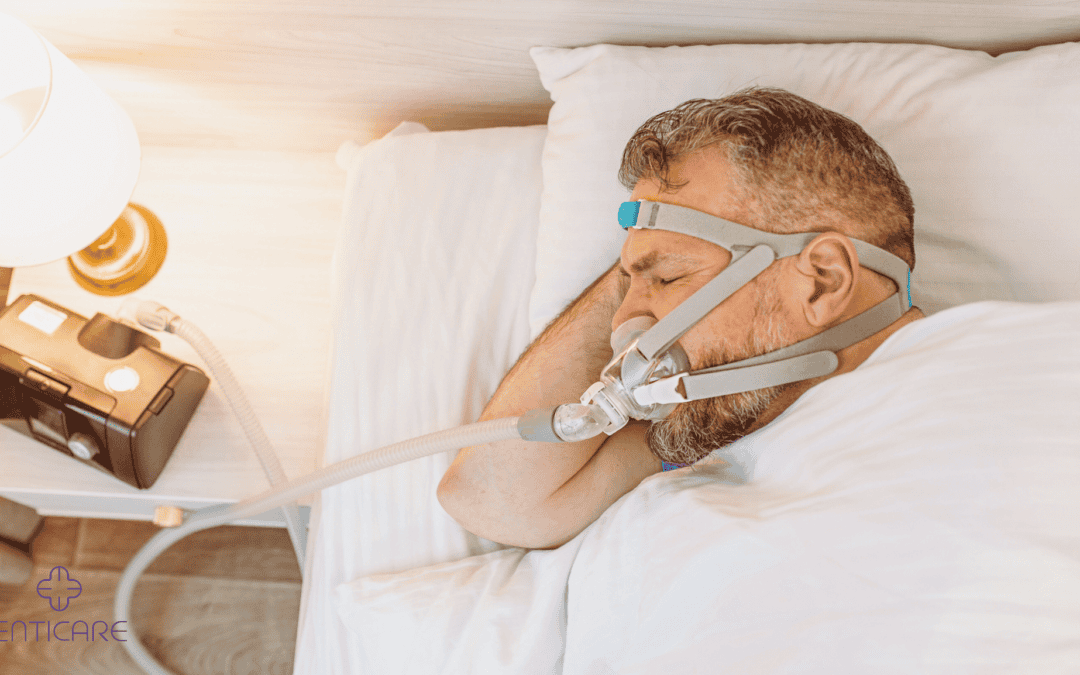Waking up feeling unrested even after using your CPAP machine? Leaks might be the culprit. Understanding leak rate and how your machine compensates for them can significantly improve your sleep apnea therapy.
CPAP therapy is a lifeline for millions with sleep apnea, ensuring a good night’s sleep by keeping airways open. However, leaks can occur during therapy, potentially hindering its effectiveness. Your CPAP machine displays a “leak rate,” but what does it mean?
Leaks can happen during CPAP therapy, and your machine displays a leak rate to help you monitor their severity. This blog empowers you to understand leak rate, its impact, and the technology behind leak compensation, ensuring optimal CPAP therapy and a good night’s sleep.

Understanding Leak Rate
The leak rate displayed on your CPAP machine indicates the amount of air escaping the system during therapy. This leakage typically occurs around the mask seal, where the mask meets your face. Leak rate is usually measured in liters per minute (L/min).
The Impact of Leaks
Even small leaks can negatively impact your CPAP therapy:
- Reduced Pressure: Leaks can reduce the pressure delivered by your CPAP machine, potentially hindering its ability to keep your airway open during sleep.
- Discomfort and Noise: Leaks can cause air drafts and noise, disrupting your sleep and leading to discomfort.
- Ineffective Therapy: Significant leaks can render CPAP therapy less effective, potentially leading to sleep apnea events and daytime sleepiness.
Leak Compensation Explained
Most ResMed CPAP machines are equipped with leak compensation technology, up to 24 L/min. This technology automatically adjusts the pressure delivered by the machine to account for leaks, ensuring you receive the prescribed therapeutic pressure even with some leakage.
How Leak Compensation Works
Here’s a simplified breakdown of leak compensation:
- Leak Detection: The CPAP machine constantly monitors the airflow through the system.
- Leak Rate Calculation: The machine calculates the amount of air escaping through leaks.
- Pressure Adjustment: The machine automatically increases the pressure to compensate for the leakage, ensuring you receive the prescribed therapeutic pressure at the mask.
Types of Leak Compensation
There are two main types of leak compensation:
- Fixed Leak Compensation: This basic system sets a specific pressure increase for a detected leak, regardless of the leak rate.
- Advanced Leak Compensation: These sophisticated systems adjust the pressure increase based on the severity of the leak, ensuring more precise pressure delivery.
Manufacturer Limits
Each CPAP machine has a maximum leak rate it can compensate for. Exceeding this limit renders leak compensation ineffective, and therapy might be compromised.
Leak Source Identification
While leak compensation helps, it’s crucial to identify and address the source of leaks for optimal therapy. A good mask fit and proper cleaning are key.

Tips for Minimizing Leaks
- Proper Mask Fit: Ensure your mask fits snugly yet comfortably around your face. Consult your doctor or a sleep therapist for fitting guidance.
- Maintain Cleanliness: Regularly clean your mask and tubing to prevent air leaks and ensure optimal performance.
- Try Different Masks: Experiment with different mask types to find one that provides a comfortable and leak-free seal.
- Consult Your Doctor: If you experience persistent leaks or have difficulty managing them, discuss it with your doctor or sleep therapist.
Leaks are a common occurrence in CPAP therapy, but understanding leak rate and leak compensation empowers you to optimize your treatment. By minimizing leaks and utilizing leak compensation technology, you can ensure effective sleep apnea therapy and a restful night’s sleep. Remember, consistency and addressing the root cause of leaks are crucial for long-term success with your CPAP therapy. And if you have any questions, don’t hesitate to contact Enticare, our expert team is here to assist you every step of the way.

